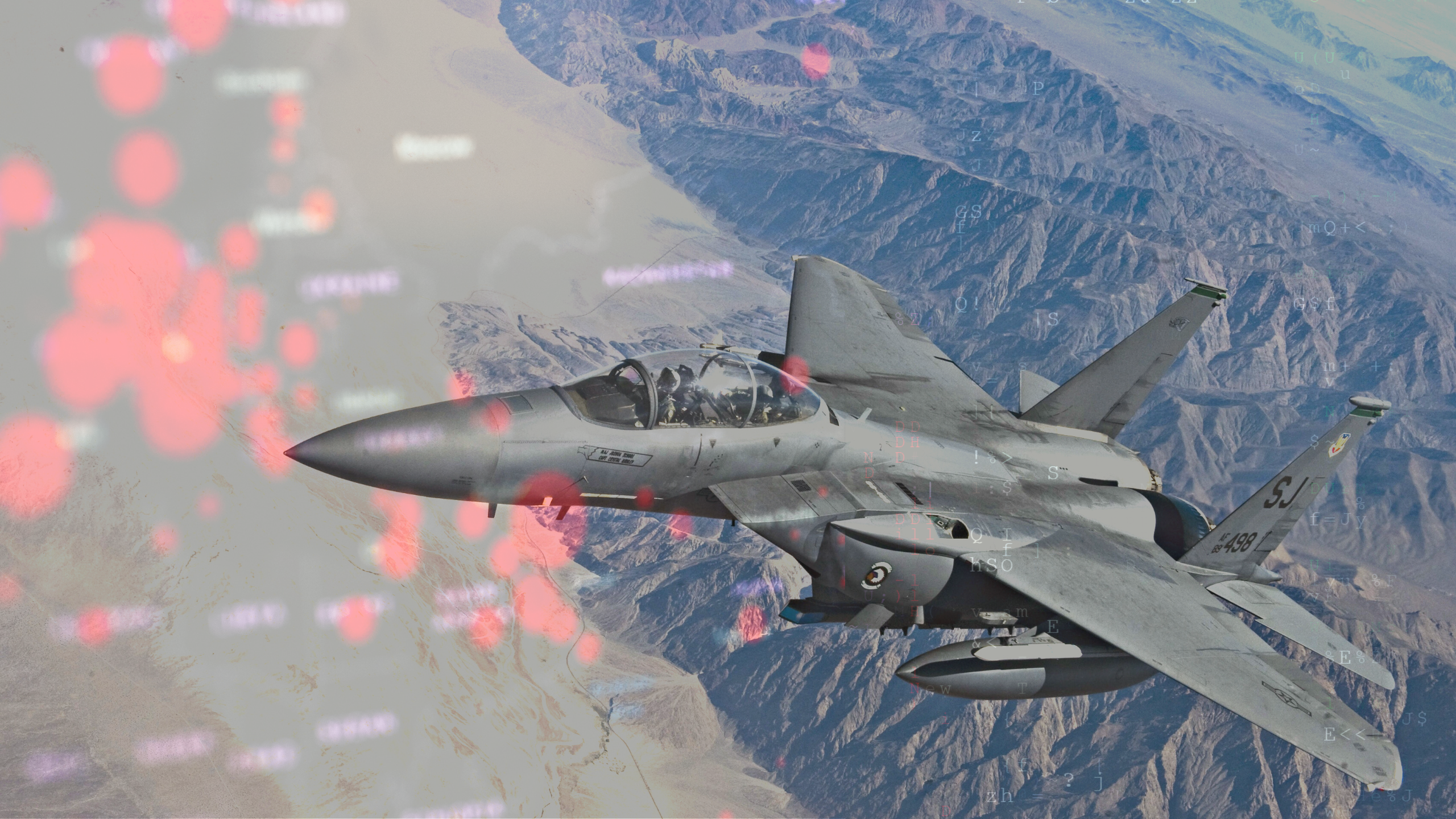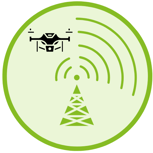
As an Electronics Manufacturing Services (EMS) company, we operate in a variety of industries, from consumer to medical devices. The military industry is one of our expertise, attested by our certification AQAP 2110.
Our services range from design and engineering to mass production. In this way we are able to offer support to every company, corporate or startup, during the entire life cycle of their projects.
Read the whole article to discover some examples of engineering and prototyping in the military field and how Hemargroup can help you.
Electronics in the military industry
Military & Defense Electronics are electronic devices and systems which are designed with the highest electronic sophistication and technological superiority with the scope of providing the latest technologies for the national defense. Such electronics-based systems provide reliable, high-performance electronic detection, protection, and attack capabilities to make operations succeed while minimizing casualties. These sophisticated systems can be used on many military applications and in varous domains: air, land, maritime, space, and for various services.
The market of electronics in the defense and military industry is seeing a modernization and an increased procurement of advanced electronic warfare systems. Moreover, the global industry is being boosted by a rise in military satellite development and spending.
Let's have a look on some of the most important electronics applications in the military industry:
- Electromagnetic Signatures are electromagnetic signals, like interferences, noise, arcing, corona, partial discharge, gap discharge, sparking or microsparking, or any combination of these, generated by the operation of electronic-based systems. Through their electrical activity a great deal of information can be obtained. This is the reason why an electromagnetic signature of a (military) platform is crucial, especially concerning its ability of remaining undetected and invulnerable. Signatures have therefore significant importance on detection, classification and identification by adversary sensor systems and on hit probability in a potential engagement phase. Electronic military devices need to be able to keep such signatures below safe levels.
- Radar Electronic Warfare (REW) have been used in military operations ever since the 1930s. Radar (RAdio Detection And Ranging) EW allows to detect an object within a certain radius by sending out a signal that bounces back from it and the distance is determined by how long it takes for the echo (return signal) to come back. It is commonly used in armies, navies and air forces to identify, deny, protect against and/or exploit the adversary use of radar systems. In the recent decades, there has been important developments due to the opportunity in gaining information superiority on the adversary with such radar systems. Recent developments allowed to increase the effectivity in detecting, identifying and even classifying adversaries and their own radar systems.
- Communications Electronic Warfare (CEW) refer to all wireless communication technologies ranging from civil applications like 4th generation network technologies (such as LTE-Advanced), which are in continuous evolution, now with the upcoming 5G, WiFi to military datalinks and so on. Application examples of such technology are the use of radio controlled improvised explosive devices (RC-IEDs), adversary use of GPS and piloting unmanned vehicles (UxVs).
Expertise needed in developing military devices
Reasoning on why defense electronics are increasingly being so widespread is especially due to the greater availability and the rapid progress of enabling technologies in the market. In particular, there are six technology areas which are having a crucial role in the defense industry and are impacting the demand for defense electronics:
-1.png?width=153&name=26%20-%20Copia%20(2)-1.png)
MACHINE LEARNING
Part of artificial intelligence, Machine Learning is a method based on algorithms that leverages data to improve performance and to make more accurate predictions or decisions. Investments in such systems are exploding and applications of it are advancing across segments, domains and platforms, making them strategic tools in the military industry.
.png?width=153&name=26%20-%20Copia%20(3).png)
SOFTWARE-DEFINED SYSTEMS
Software Defined Systems (SDSys) provide a layer of virtualization where capabilities are progressively defined by software components rather than hardware. Moreover, such systems allow for shorter upgrade cycles which are crucial in the military industry.

OPEN ARCHITECTURES
Architectures of systems are progressively becoming "open", and open architecture systems are more favorable because they allow a more efficient and cost-effective migration of data with financial and CRM’s systems, by creating a more competitive market too.
RADIO-FREQUENCY (RF) CONVERGENCE
Modern RF systems (i.e. Communications, Radar, EW, SIGINT) consist of high-frequency analog electronics (front-end architectures) and adaptive digital algorithms. Such systems are favourable because they are high-performing, energy-saving and cost-efficient. RF systems present a growing multi-functionality and convergence of capabilities.

ADVANCED MANUFACTURING & MATERIALS
Electronics manufacturing is seeing progresses in the development of electronic products with new and more resistant materials, which allow to increase the durability and performance of electronic systems. Also, they enable new forms of them, such as the GaN system, a semiconductor material with high breakdown voltage and high electron mobility.

EDGE COMPUTING
Processing power is increasing and this enables new computing architectures like edge computing, a distributed framework which brings applications closer to data sources such as IoT devices or local edge servers. The proximity to data at its source allows for more data security, faster insights, improved response times and better bandwidth availability.
Despite all these advantages from the market and the technology progress' side, electronic systems and devices developed for the defense and military industry present many challenges. The development of such systems are all but easy: they require robustness, high performance in electronic detection and protection, as well as high electronic attack capabilities to successfully complete missions and minimize risks. To live up to adversaries and to have an advantage on them it is crucial to always have the most cutting edge and advanced technologies in this field. Such technologies are very sophisticated and they need a specialized work from multi-disciplinary teams of engineers, in collaboration with commercial and academic counterparts. Key capabilities needed are a deep understanding and expertise in electromagnetic innovations, and an up-to-date knowledge base for the development of future capabilities.
For this reason, the development and manufacturing should be carefully entrusted to a reliable company with expertise in the field. Sophisticated machines are needed to realize the printed circuit boards (PCBs) and their assembly, which could be intricately detailed, and miniaturization goals should be achieved to reduce as much as possible the dimension of military electronic products. Electronic solutions for military communications, EW, and radar systems at microwave and mmWave frequencies require highly integrated PCBs densely packed with active and passive components.
Can Hemargroup help with the development and manufacturing of military tecnologies?
-png.png?width=167&name=Foto%20HG%20instagram%20(13)-png.png)
Absolutely. As Hemargroup, we worked with many Swiss military companies for the development of military devices, and in 2018 we achieved the certification AQAP 2110:2016, which guarantees high quality development and production for military devices. Confidentiality and discretion are at the heart of our business.
For almost 50 years, we have been a Swiss Excellence partner for the growth of our customers through product life-cycle management strategies and reliable electronic manufacturing services. Constantly updated on the latest technology trends, we can lead to the latest product launch to reverse engineering and obsolescence management, thanks to our electronic manufacturing solutions.
Swiss-Made quality is well known in the international market. In line with it, we respect deadlines and specifications, to ensure the maximum satisfaction for our customers. We are industry 5.0 ready, characterized by an extensive digital tracking system with a smart BI infrastructure, which can monitor every single component and process, ensuring complete traceability, from the warehouse to the final product. Each PCBA with its own QR Code is compliant with IPC international norms, ensuring maximum quality.
It is even possible to start with a concrete problem and solve it using our electronic design know-how. If you are planning to launch a product, or you just need to manufacture a ready prototype, we are able to turn your idea into reality, from the development and production phase to the actual realization, not only for the electronic part itself but also for the consulting part during the assembly and after-sales phase.
Do you need advices in the military electronics industry? Do not hesitate to contact us:
.png)
